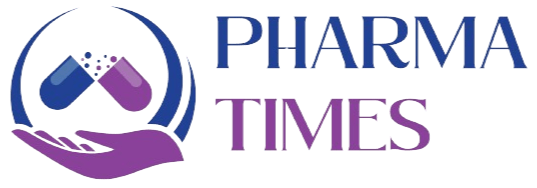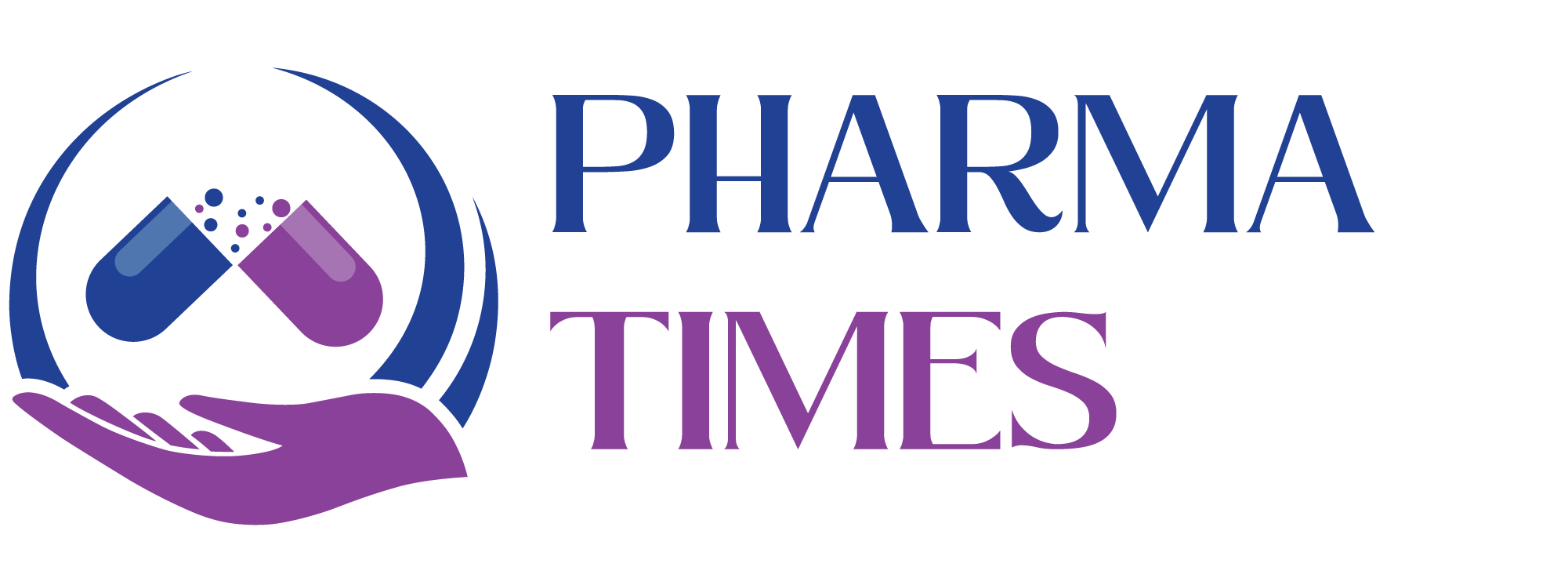Role of Research and development in Pharmaceutical industry?
Research and development (R&D) plays a crucial role in the pharmaceutical industry, contributing to the discovery, development, and commercialization of new drugs and therapies. Here are some key aspects of the role of R&D in the pharmaceutical sector:
Drug Discovery: R&D is responsible for the initial stages of drug discovery, which involves identifying potential drug targets and developing new compounds or molecules with therapeutic potential. This process often begins with extensive research into the underlying mechanisms of diseases and the identification of molecular targets for intervention.
Preclinical Development: Once promising drug candidates are identified, R&D teams conduct preclinical studies to evaluate their safety, efficacy, and pharmacokinetic properties. These studies typically involve laboratory experiments and animal testing to assess the potential risks and benefits of the drug candidates before advancing to human clinical trials.
Clinical Trials: R&D oversees the design, execution, and analysis of clinical trials, which are conducted to evaluate the safety and efficacy of investigational drugs in human subjects. These trials are conducted in multiple phases (Phase I to Phase IV) and involve rigorous testing to demonstrate the safety and effectiveness of the drug candidates in diverse patient populations.
Regulatory Approval: R&D teams work closely with regulatory agencies, such as the Food and Drug Administration (FDA) in the United States and the European Medicines Agency (EMA) in Europe, to obtain approval for new drugs and therapies. This involves preparing and submitting comprehensive regulatory dossiers that provide evidence of the safety, efficacy, and quality of the drug candidates based on data from preclinical and clinical studies.
Product Launch and Commercialization: Once regulatory approval is obtained, R&D collaborates with other departments, such as marketing, sales, and manufacturing, to prepare for the launch and commercialization of the new drug or therapy. This includes developing marketing strategies, manufacturing processes, and distribution channels to ensure the successful introduction of the product to the market.
Post-Market Surveillance: After a drug is launched, R&D continues to monitor its safety and effectiveness through post-market surveillance activities. This involves collecting and analyzing real-world data on adverse events, drug interactions, and long-term effects to ensure ongoing patient safety and regulatory compliance.
Overall, R&D plays a critical role in driving innovation and advancing medical science in the pharmaceutical industry, ultimately leading to the development of new treatments and therapies that improve patient outcomes and public health.

